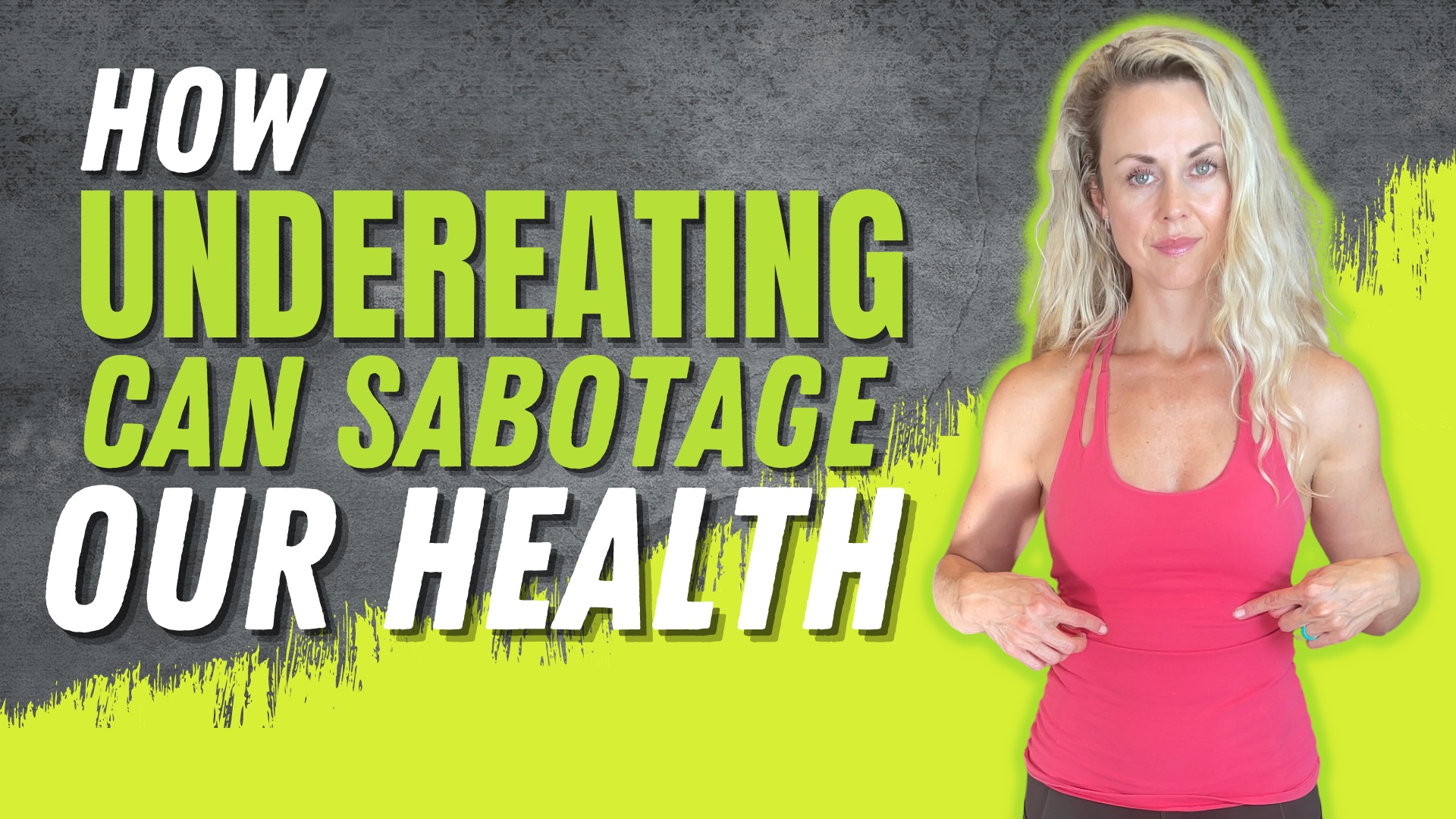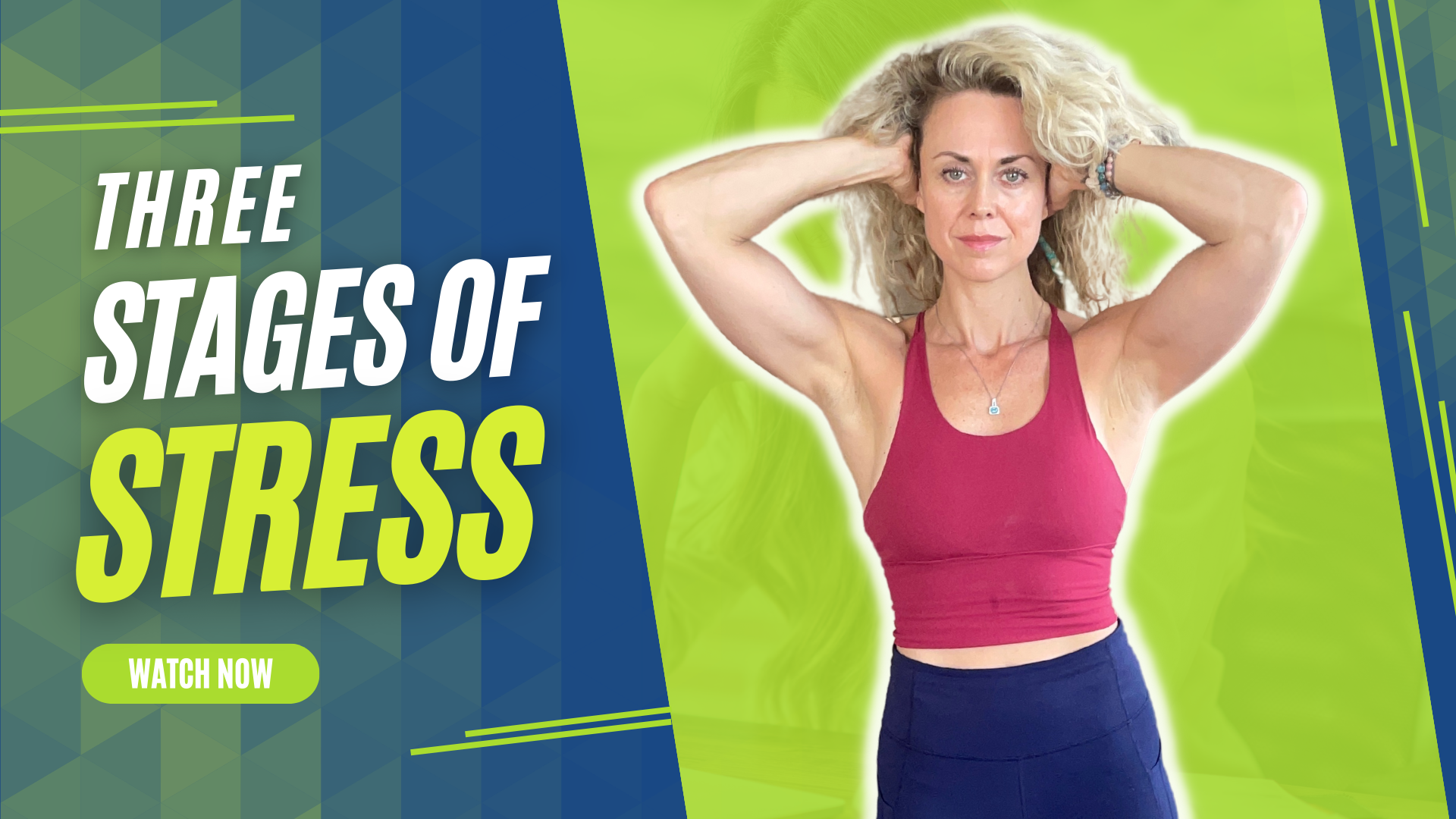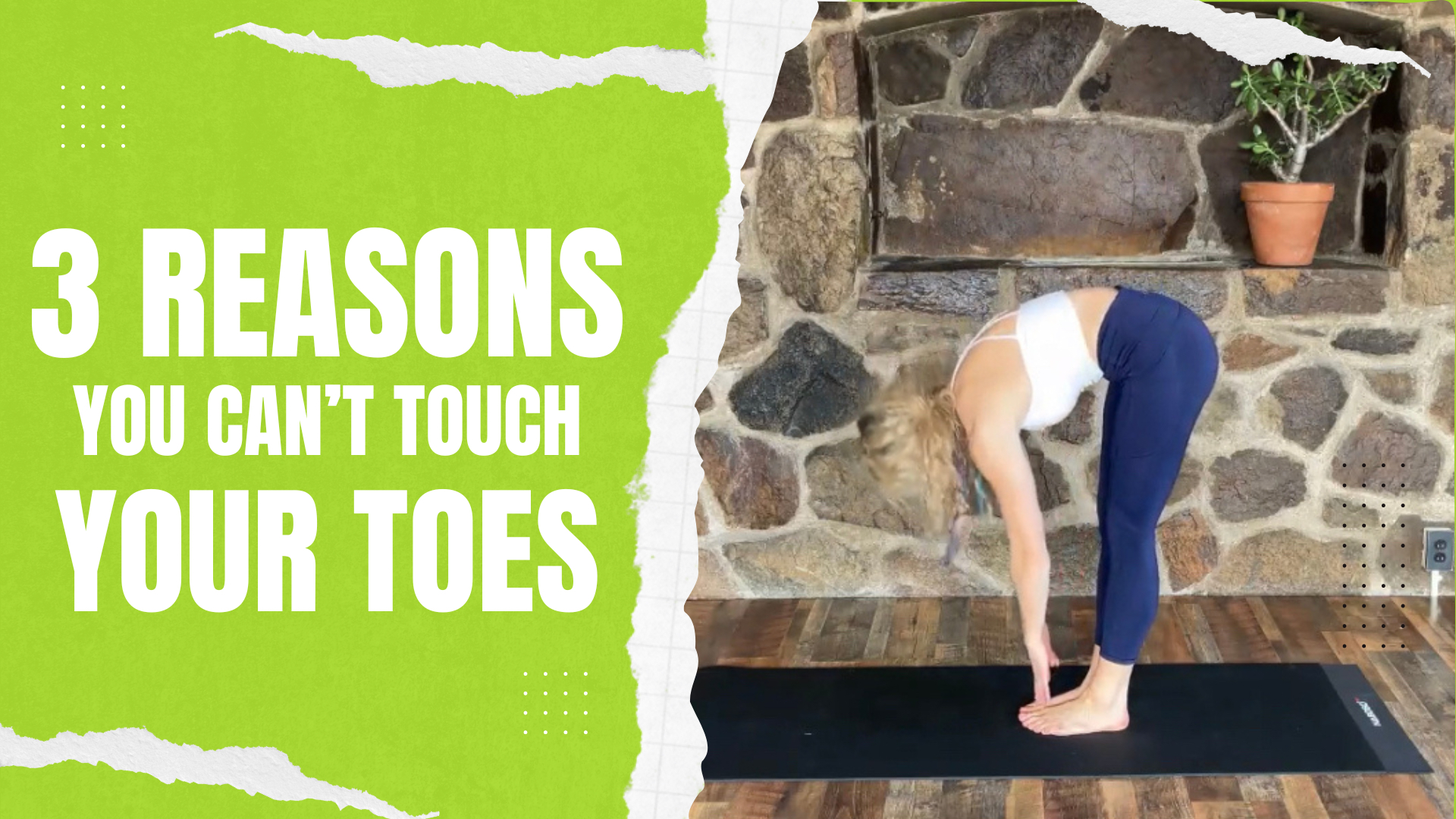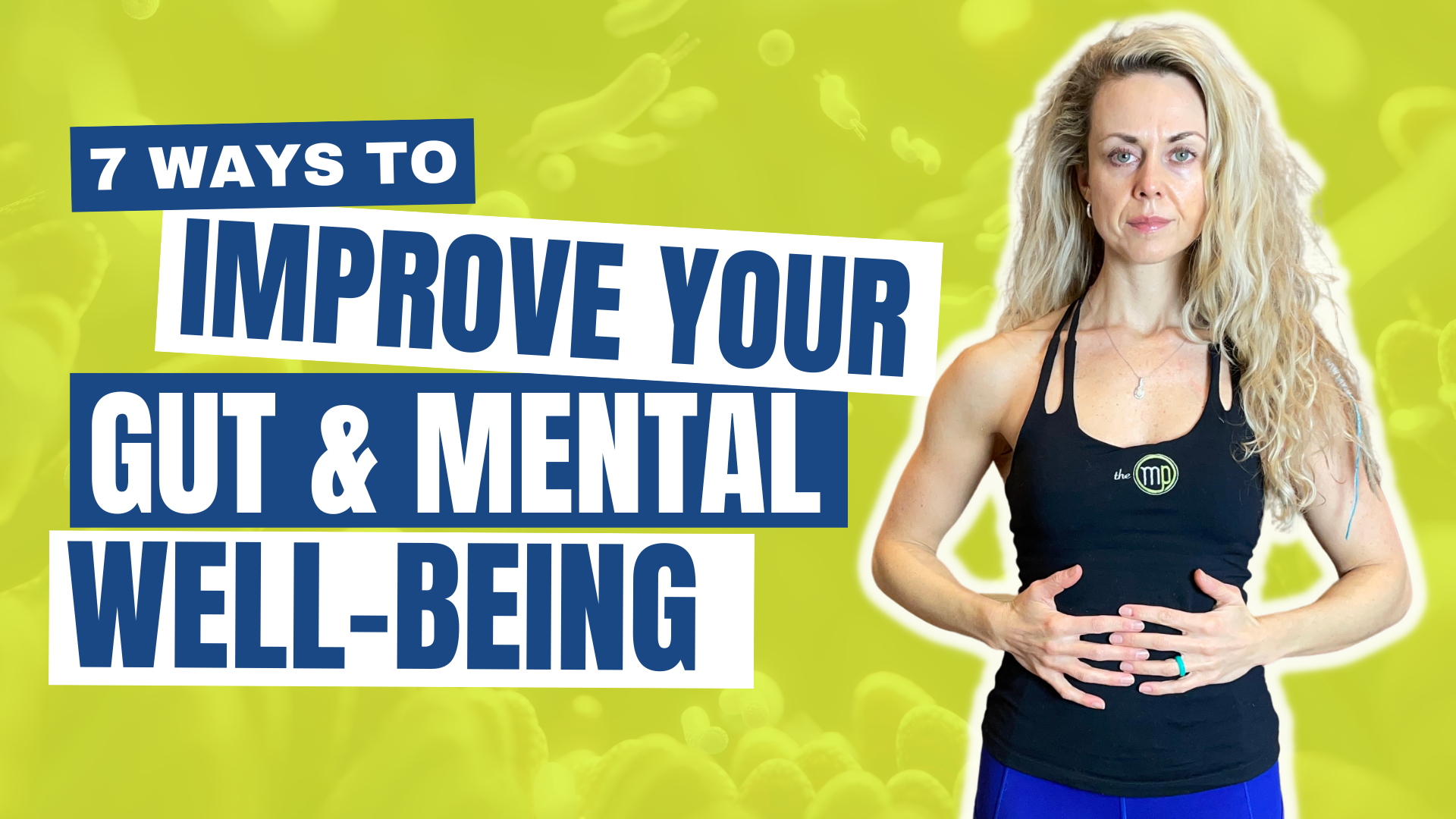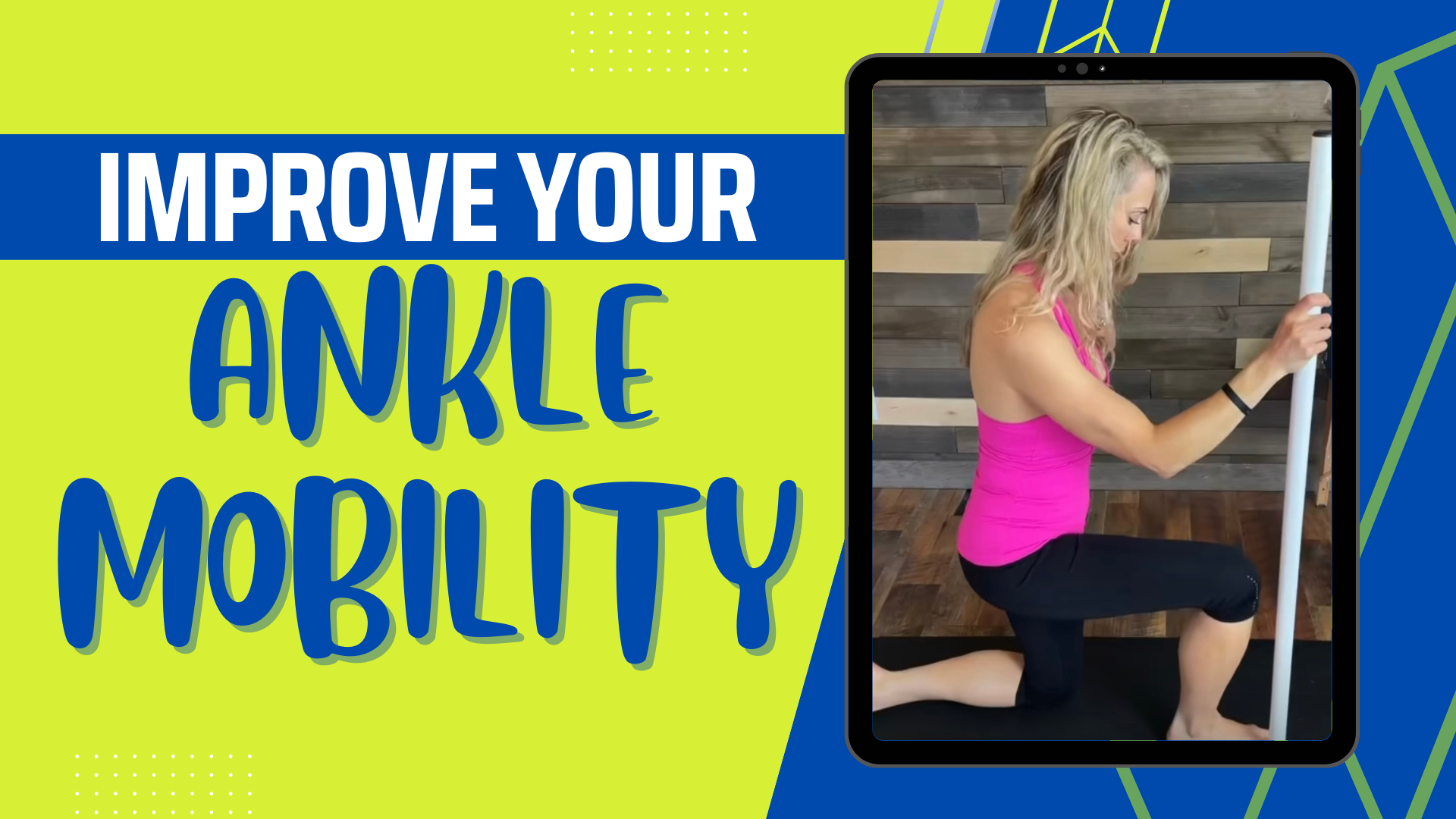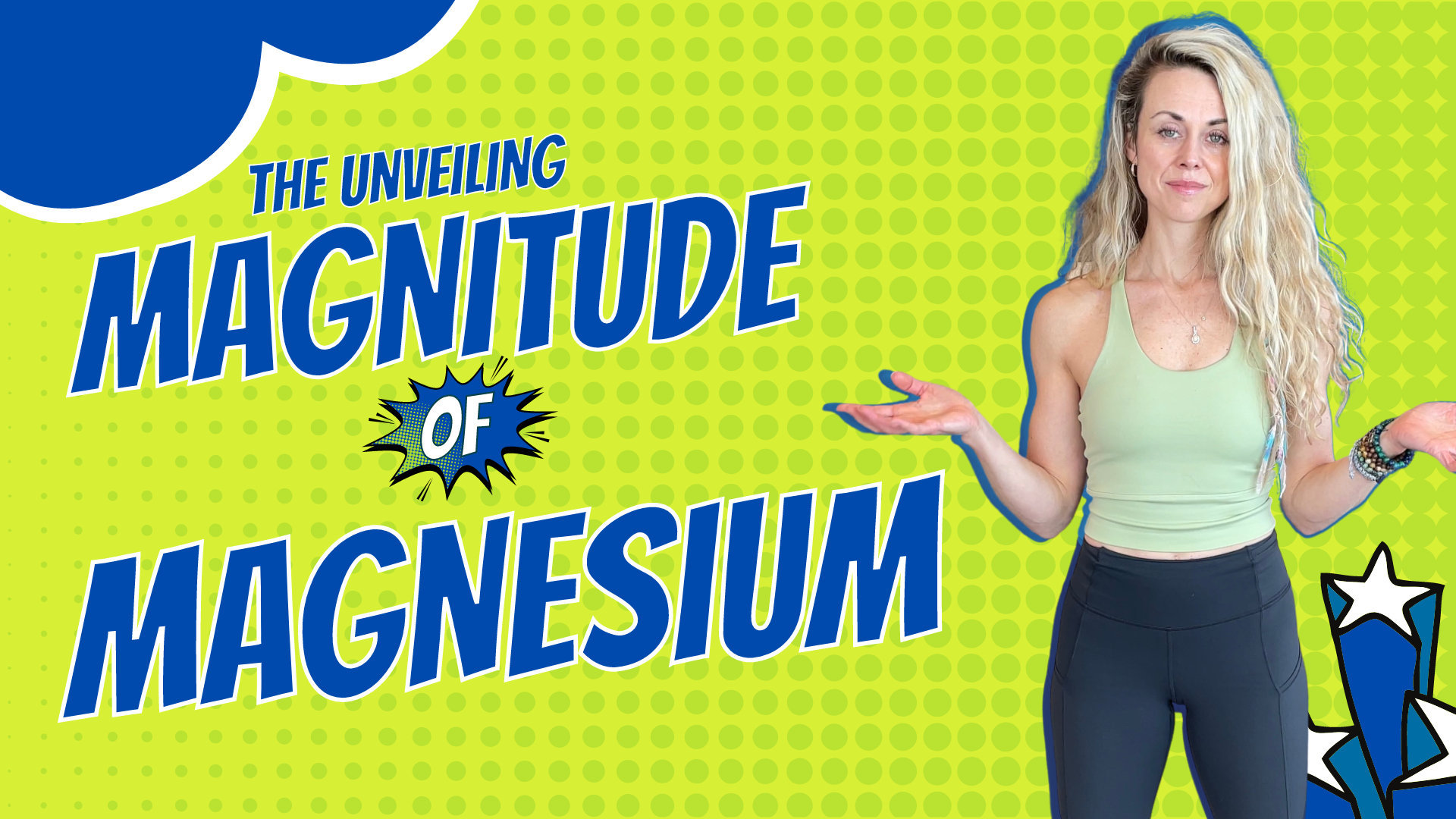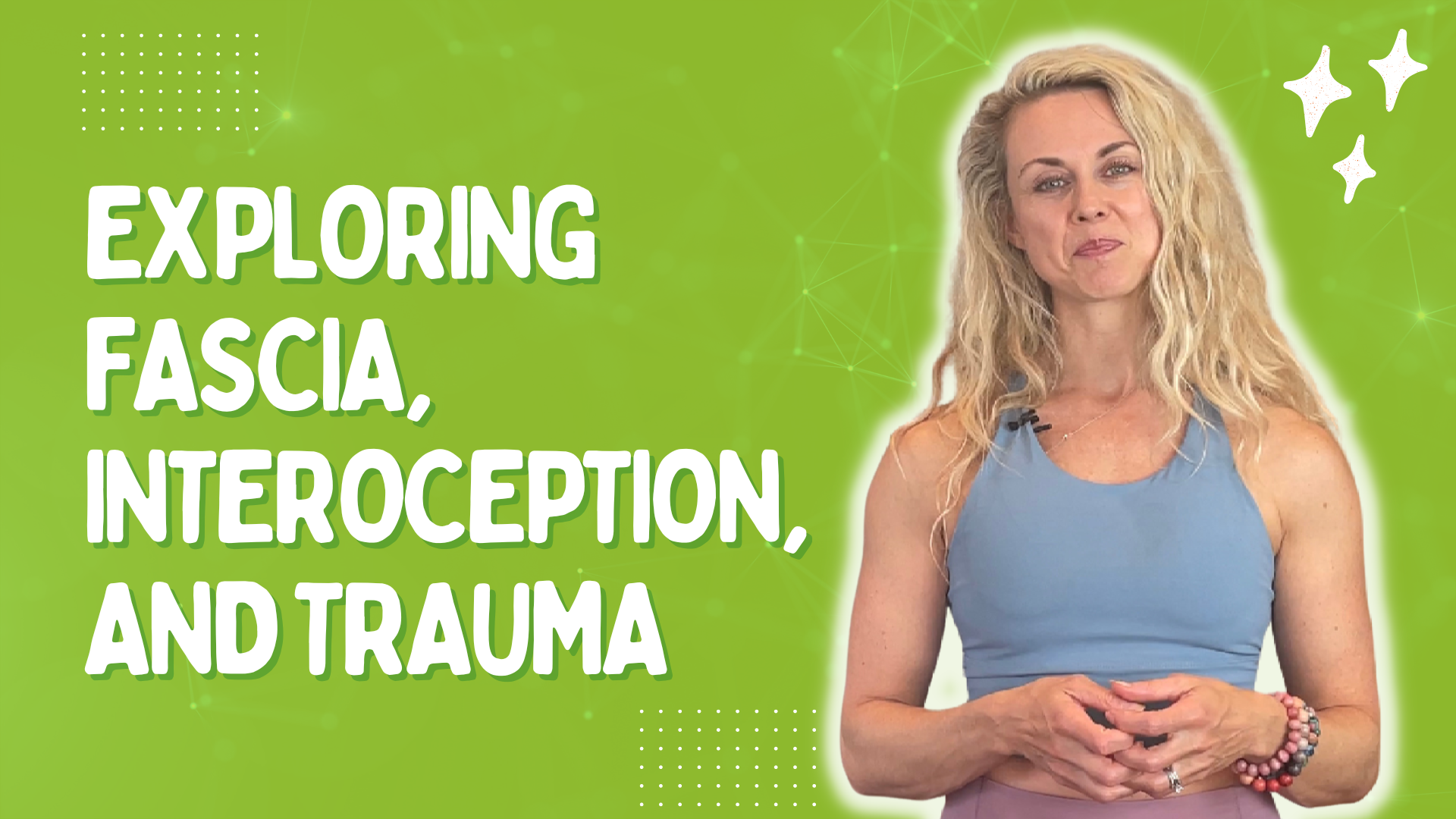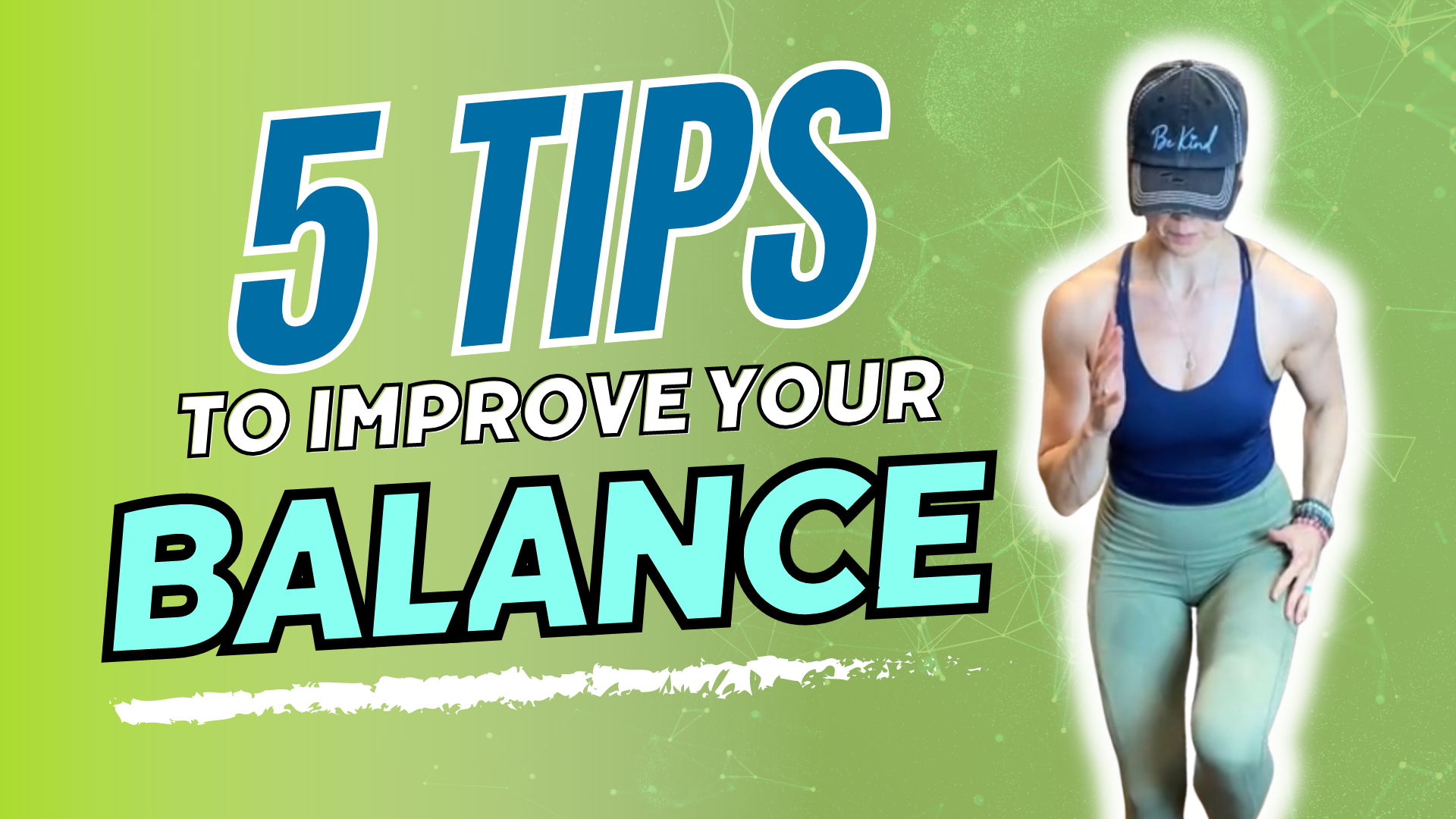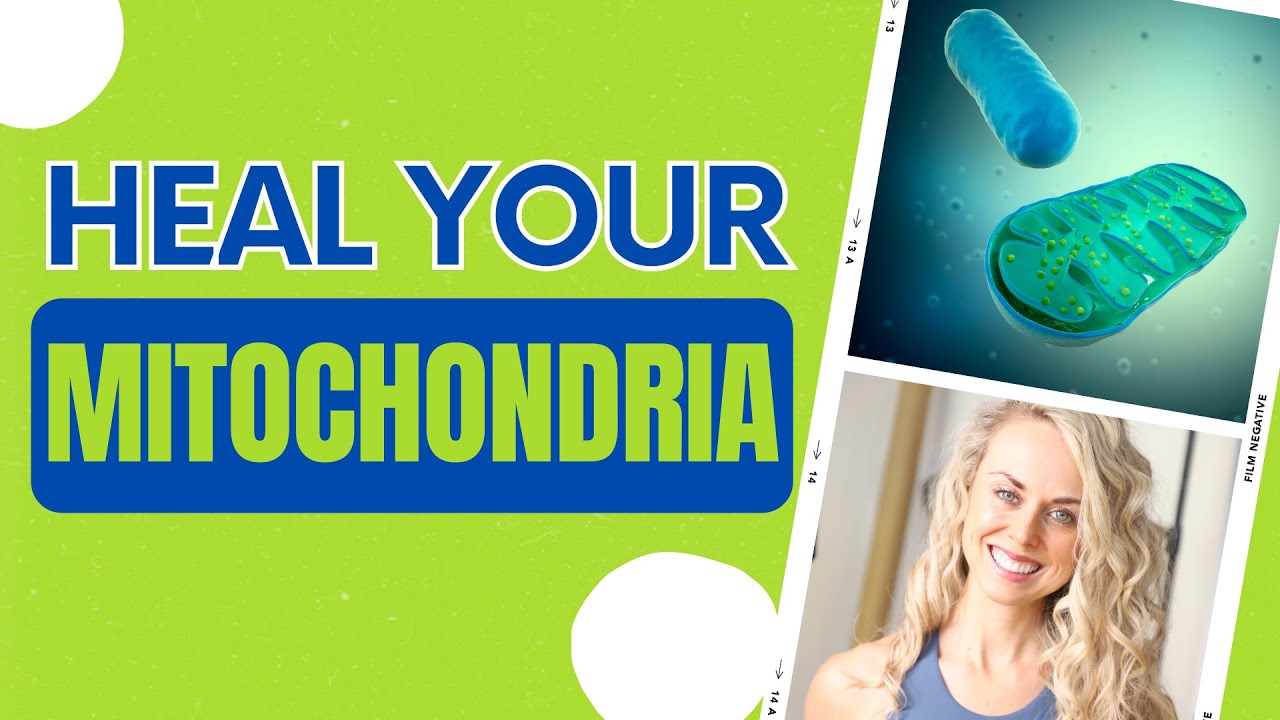Are you wondering why you’re working so hard at the gym but you’re not getting the results that you want? Did you ever think that you may be undereating and how that is sabotaging your health?
Today, we will talk about four ways you could be sabotaging your health and fitness goals by not eating enough.
I see patients day in and day out, and I look at their nutrient intake and see that so often, people aren’t eating enough to fuel their bodies. They’re not eating enough macronutrients for energy; they’re not eating enough micronutrients for overall health and well-being. This can be a big factor for improving your performance in your fitness or life or sport and your overall health.
Rather watch or listen?
4 ways you could be sabotaging your health (by not eating enough)
1. You need enough calories to meet your metabolic rate
When considering our resting basal metabolic rate, think of it as the energy required for basic bodily functions such as digestion, excretion, breathing, and blood circulation. For most people, this amounts to a minimum of 1200 calories per day, factoring in age, gender, and activity level. Prolonged periods of calorie deficit or restrictive eating can cause your basal metabolic rate—essential for survival—to decrease. Ideally, we want our metabolism to improve over time, especially through exercise, so that we can consume more calories, including carbohydrates.
Continuing in a chronic diet cycle, whether intentional or unintentional and obsessively focusing on restrictive eating can unfortunately lower our set point, leading to inadequate fueling and hindering any changes in body composition.
2. Your brain and your body need energy to thrive
Every cell in your body requires energy. When discussing metabolism, we’re referring to mitochondria, the powerhouse of our cells, and much more. We should consider consuming nutrients as fuel to truly optimize every aspect of our well-being, including immune system function, gut regulation, hormone balance, nervous system health, and providing glucose for our brain’s energy needs.
If we deprive ourselves of carbohydrates, for instance, we can expect to experience symptoms such as brain fog, memory issues, and difficulty concentrating.
3. You’re not getting the results that you want in the gym
I see this over and over again, and it not only impacts your metabolic rate, as we discussed earlier, but it is often associated with inadequate protein intake. Muscle protein synthesis requires an optimal amount of protein. This typically means around 30 to 40 grams of amino acids per meal, ideally approaching one gram of protein per pound of body weight as a general recommendation. Of course, this can vary based on your starting point and the type of physical activity you engage in. Instead of merely aiming for survival, as the current Recommended Dietary Allowance (RDA) suggests, we should focus on protein to promote thriving.
To truly build muscle, you need to be in a calorie surplus, not a deficit. Achieving this may take time, but if we genuinely want to alter our body composition, particularly when it comes to weight training and increasing muscle mass, we must prioritize providing our bodies with the necessary fuel.
4. You’re undereating or lacking in macronutrient and micronutrient content
Think of our macronutrients as our proteins, our carbs, and our fats, and our micronutrients as our vitamins and minerals.
All of these essential components are derived from the food we consume. In my approach with patients, as well as for my own well-being, I prioritize finding ways to increase nutrient intake throughout the day. It is important to replenish our bodies with what they may be lacking and ensure that we optimize all these functions before considering supplementation or medications. It’s crucial to first evaluate what our bodies require from food in terms of health and well-being before considering any other interventions.
Key takeaway
Try to ensure that you have a healthy protein amount in every meal, a healthy fat, and a fiber source.
Second, have a variety of nutrients, focusing on diversity.
Now, if you are starting from a low caloric intake, you’ve either been intentionally chronic dieting for years and years, you’ve been yo-yo dieting, or you’re unintentionally just not eating a lot, but your weight has not changed, then reverse dieting may be necessary
In this case, you have to go very slowly. A reverse diet is where you’re increasing your calories very slowly, approximately 250 calories. Also, having a focus on some aerobic activity can help to make you more metabolically efficient. Activities such as biking can be a suitable starting point. This approach can positively impact our mitochondria, thereby influencing our metabolism.
You want to think initially of having a lower carbohydrate diet as you’re transitioning. And then, as you get more metabolically efficient, especially if you can begin to add in weight training, then you can start to slowly add more carbohydrates in.
The ultimate goal is that we don’t have to count calories. We can eat a higher calorie plan, enjoy food, and enjoy all of the nutrients that food provides us to feel our best.
If you found this information helpful, please like, share, and subscribe to our YouTube channel, The Movement Paradigm®, for weekly tips on mindset, nutrition, and movement. If you want to join our app and join our community, please make sure to check out the Movement Paradigm app on Google or Apple. Get a 7-day FREE trial!
If you’d like to learn more about how we can assist you on your journey, please don’t hesitate to reach out for a discovery session. We look forward to helping you on your path to wellness.
Other things that might interest you:

